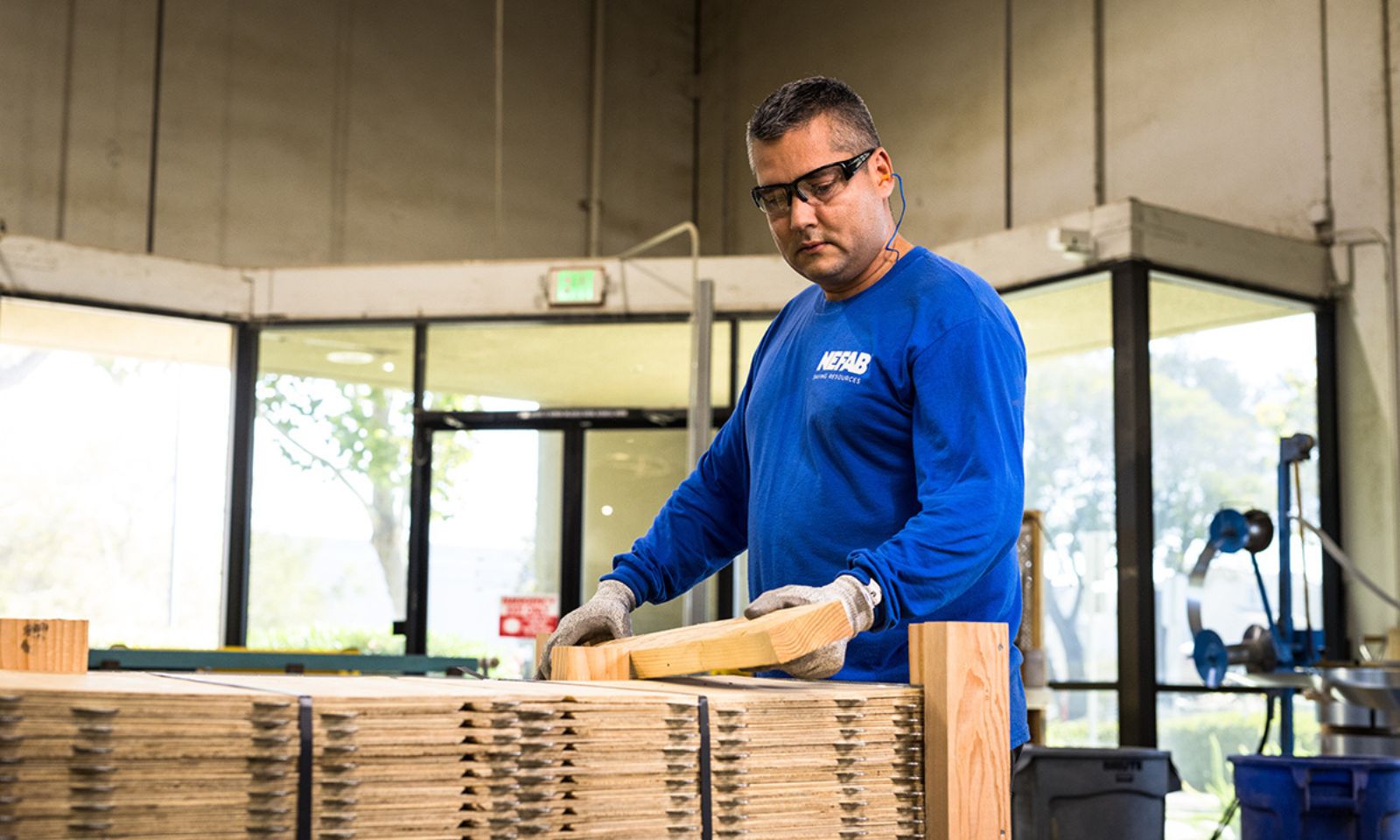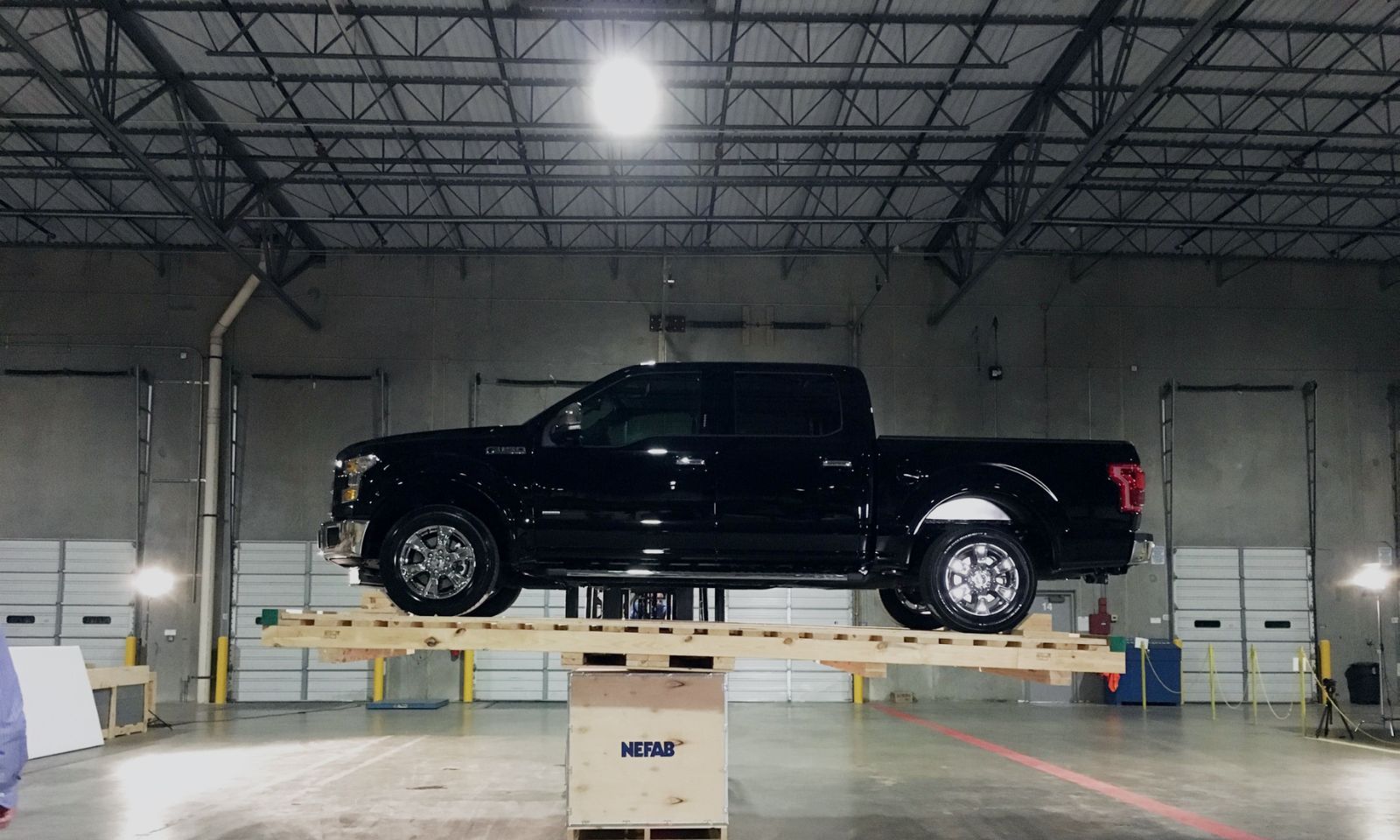Everyday millions of products are being shipped all over the world; 170 billion packages were expected to be delivered worldwide by the end of 20221. Regardless of the nature of the business, it is important to supply product to the customer in the most optimized and cost-efficient manner while responsibly reducing CO2 emissions within the supply chain. To accomplish this, a robust yet lightweight solution is required to improve logistical flows, address the challenges of rising transportation costs and emissions, and optimize in-house efficiencies. Continue reading to find out how choosing the right packaging material and design can help achieve all this.
Saving costs and emissions in transporting goods
Over the past two years, the unstable economic landscape resulted in significant rise in freight costs. According to an IMF report, the cost of shipping a container on the world’s transoceanic trade routes increased seven-fold in the 18 months following March 2020, while the cost of shipping bulk commodities spiked even more2. Data collected from 143 countries show that when freight rates double, inflation picks up by 0.7%, and these peaks can last up to 18 months3. The past years of economic instability disrupted the global supply chain with port closures and congestions, labor shortages, and a lack of shipping containers contributing to these record high logistical costs. Although the industry is slowly recovering with cost and lead time reductions, there is still uncertainty of what the future holds forcing businesses to seek new ways to safeguard their supply chain. Moreover, in addition to cost pressures, there is growing accountability towards corporations to do their part to meet global environmental targets.
Rethinking the packaging can reduce both material and shipping costs. Budget-conscious companies should consider packaging materials that are strong, yet compact and light4. Stronger than cardboard, plywood-based solutions help optimize shipping space by allowing safe stacking of heavy goods. This is important when transporting product by land and sea, as these transportation costs are based on lineal or cubic space consumed. In addition to cost savings, environmental saving can be achieved by using packaging that can be safely stacked during transport reducing the number of total shipments required while maximizing number of products in each shipment.
Plywood weighs less than solid wood lowering the cost and CO2 impact of shipping products by air as freight costs and emission impact are directly proportional to the total weight of the package. Due to its innovative structure and ease of customization, plywood boxes are typically 30-40% lighter and 10-15% smaller than wooden crates, without sacrificing strength or durability. When evaluating freight options by air, sea, and road, plywood packaging provides a lightweight and robust solution that helps keep costs and CO2 impact at a minimum and ensures the product arrives to the customer safely.

